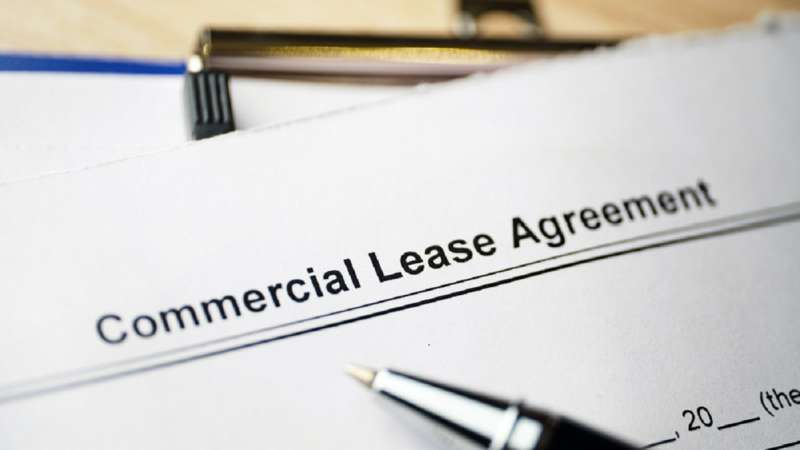
What is the legal definition of ‘elevation’?
The term 'elevation' is often used in property law to refer to the ‘front’ of the building. However, the Upper Tribunal has recently resolved that ‘elevation’ denotes all external surfaces of a building including the front, back and sides.
Is there a difference between ‘front elevation’ and ‘elevation’?
Front elevation refers to the side of the house which includes the entrance door, windows or front porch. This may be the side of the house that faces the road or has a front yard. This is sometimes known as the ‘entry elevation’.
This differs from the wider term ‘elevation’ which refers to all external surfaces of a building. Elevation includes the front, back and sides of the building whether they are front facing or not.
Further explanation
In the recent case of Triplerose Ltd v Patel [2018], the Upper Tribunal (Lands Chamber) had been asked by a landlord to decide what the term ‘elevation’ means, in aid of resolving a tenant dispute. The tenant’s lease of their flat contained a covenant not to alter the elevation of the flat, but the tenant had, without consent, removed a window and installed a door in the back wall of the property. The Tribunal was asked to consider whether the alterations covenant in the lease had been breached.
The landlord queried whether the term ‘elevation’ applies only to the front elevation, or to all aspects of the external appearance of the building.
In the past, case law had found that ‘elevation’ meant the front view of a building as opposed to any horizontal plan, and when the First Tier Tribunal first heard the case they agreed and found that the alteration was not capable of being a breach of covenant.
Unfortunately for the tenant, the Upper Tribunal disagreed and placed more emphasis on the natural meaning of the word ‘elevation’. The judge decided that “Unless it is qualified... it denotes the external vertical surfaces of a building generally, the front, the back and the sides, rather than referring only to the front of the building.” Had the landlord only intended to limit alterations to the front of the building, as the tenant claimed, this would have been made clear in the lease.
As a result, it has now been noted that the legal definition of ‘elevation’ regarding property disputes, refers to all external walls of a building – unless stated otherwise.
Landlord or tenant property disputes
The property team at Myerson Solicitors are experienced in supporting a wide range of clients, from national retailers to individuals. If you are considering granting or taking a lease and want to avoid any arguments in the future due to ambiguous drafting, contact our experienced commercial property team on 0161 941 4000 or lawyers@myerson.co.uk.






